Categories
 Buy Adderall Online
Buy Adderall Online
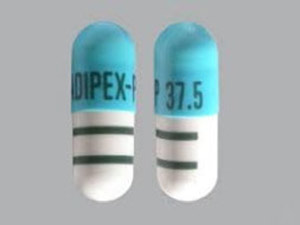 Buy Adipex Online
Buy Adipex Online
 Buy Alprazolam Online
Buy Alprazolam Online
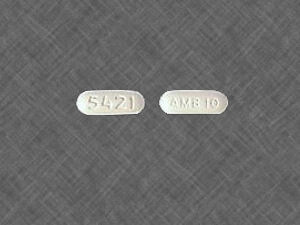 Buy Ambien Online
Buy Ambien Online
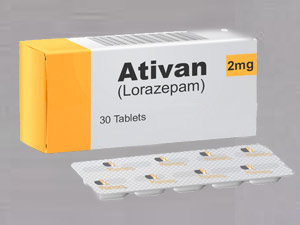 Buy Ativan Online
Buy Ativan Online
 Buy Carisoprodol Online
Buy Carisoprodol Online
 Buy Clonazepam Online
Buy Clonazepam Online
 Buy Codeine Online
Buy Codeine Online
 Buy Darvocet Online
Buy Darvocet Online
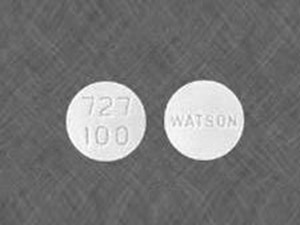 Buy Demerol Online
Buy Demerol Online
 Buy Diazepam Online
Buy Diazepam Online
 Buy Dilaudid Online
Buy Dilaudid Online
 Buy Fioricet online
Buy Fioricet online
 Buy Gabapentin Online
Buy Gabapentin Online
 Buy Hydrocodone Online
Buy Hydrocodone Online
 Buy Hydromorphone Online
Buy Hydromorphone Online
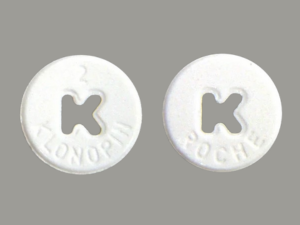 Buy Klonopin Online
Buy Klonopin Online
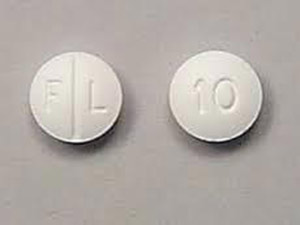 Buy Lexapro Online
Buy Lexapro Online
 Buy Lorazepam Online
Buy Lorazepam Online
 Buy Lorcet Online
Buy Lorcet Online
 Buy Lortab Online
Buy Lortab Online
 Buy Meridia Online
Buy Meridia Online
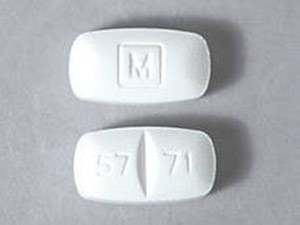 Buy Methadone Online
Buy Methadone Online
 Buy Modafinil Online
Buy Modafinil Online
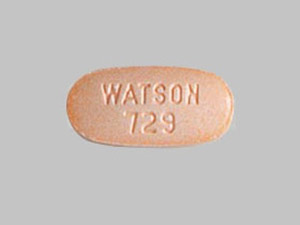 Buy Norco Online
Buy Norco Online
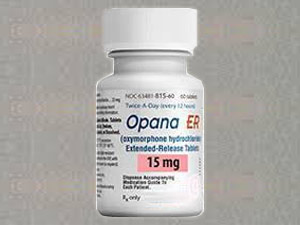 Buy Opana ER Online
Buy Opana ER Online
 Buy Oxycodone Online
Buy Oxycodone Online
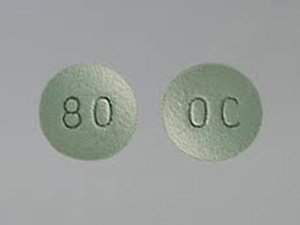 Buy Oxycontin Online
Buy Oxycontin Online
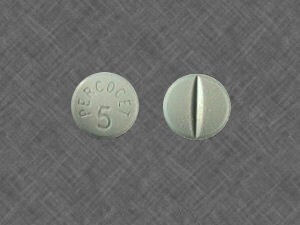 Buy Percocet Online
Buy Percocet Online
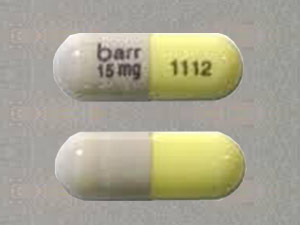 Buy Phentermine Online
Buy Phentermine Online
 Buy Roxicodone Online
Buy Roxicodone Online
 Buy Soma Online
Buy Soma Online
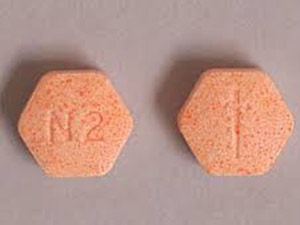 Buy Suboxone Online
Buy Suboxone Online
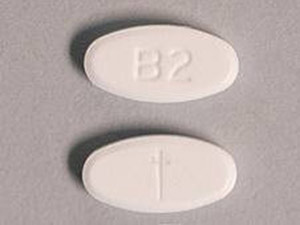 Buy Subutex Online
Buy Subutex Online
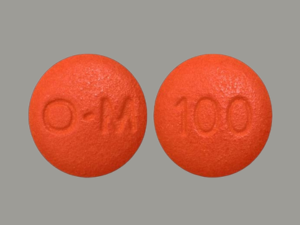 Buy Tapentadol Online
Buy Tapentadol Online
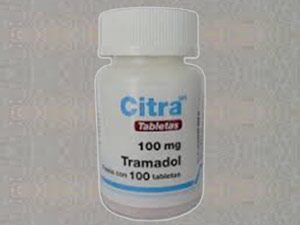 Buy Tramadol Online
Buy Tramadol Online
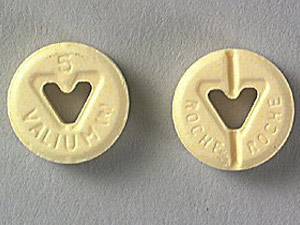 Buy Valium Online
Buy Valium Online
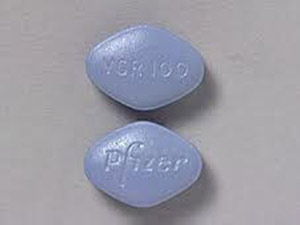 Buy Viagra Online
Buy Viagra Online
 Buy Vicodin Online
Buy Vicodin Online
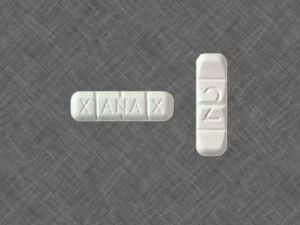 Buy Xanax Online
Buy Xanax Online
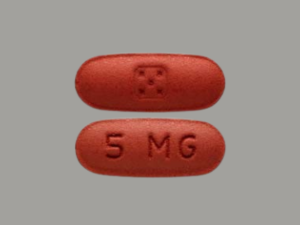 Buy Zolpidem Online
Buy Zolpidem Online

Products
-
 Tapentadol 100mg
Rated 5.00 out of 5$350.00
Tapentadol 100mg
Rated 5.00 out of 5$350.00 -
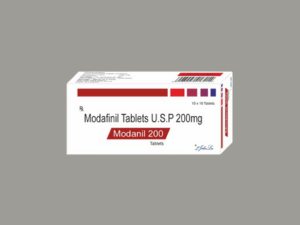 Modafinil 200mg
Rated 5.00 out of 5$369.00
Modafinil 200mg
Rated 5.00 out of 5$369.00 -
 Modafinil 100mg
Rated 5.00 out of 5$349.00
Modafinil 100mg
Rated 5.00 out of 5$349.00 -
 Klonopin 2mg
Rated 5.00 out of 5$339.00
Klonopin 2mg
Rated 5.00 out of 5$339.00 -
 Klonopin 1mg
Rated 5.00 out of 5$329.00
Klonopin 1mg
Rated 5.00 out of 5$329.00
Recent Posts
- Relief From Kidney Stone Pain – Effective Strategies And Solution
- Best Nerve Pain Medication for the Elderly
- Sleep habits and their effects on human brain activity
- Does drinking more water help you lose weight?
- Alprazolam for anxiety benefits and risk
- Tramadol vs Dilaudid – Which is the best for severe pain
- How Long Does Hydromorphone Stay in Your System?
- How to spot fake Xanax (alprazolam) pills
- Does Suboxone help with pain?
- How to know if green Xanax s 90 3 pill is fake?

Table of Contents
Xanax is the brand name for Alprazolam. Xanax is a benzodiazepine. Benzodiazepines are medications that have anti-anxiety-producing properties. Xanax is generally used to treat panic disorders with or without a fear of situations and places that might cause panic, helplessness, or embarrassment (agoraphobia). Xanax is also prescribed for anxiety and depression disorders. Xanax generates a calming effect by working on the central nervous system.
One dose of Xanax can last anywhere between 32 hours to 135.5 hours (5.7 days) in the body, depending on different factors related to the person who took it. However, the relaxing, calming, and sedative effects of Xanax usually wear off within about eight to twelve hours. Xanax magnifies the effect of GABA, which is a natural chemical present in the human body. You may buy real Xanax online from our website because we provide overnight delivery of your medicines.
What does Xanax look like?
Xanax activates in several shapes, strengths, and colors. Xanax is a powerful drug with several temporary and long-lasting health effects. Xanax is available in various colors, conditions, and sizes. Each manufacturer wants to make their pills exclusive and unique and gives them a characteristic shape and color. The color of the Xanax pill is usually due to the FDA-approved colorants. Xanax bars typically come in white, red, blue, yellow, green, pink, purple, and peach. These could be oval, rectangular, round, and triangular-shaped with varying dosage strengths. So your Xanax bar could have any of these colors and shapes. You can buy Xanax bars as per your dosage requirements. Xanax also comes in liquid form.
You can order Xanax bar by credit card from our pharmacy website because we provide guaranteed overnight delivery and 100% genuine medicines at low prices. We also ensure return and refund if you face any problem with the product delivered by us.
Use of Xanax for panic disorder

Xanax is suggested for the treatment of panic attacks. Recurrent unexpected panic attacks characterize the panic disorder, i.e., a discrete period of intense fear or discomfort. In most cases, 0.5 to 1 mg is the dosage of Xanax given to adults, which may vary as per your doctor. However, the dosage should not exceed 10 mg per day. You may buy Xanax bars online from our pharmacy site to treat your panic and anxiety issues.
How does Xanax medication treat anxiety disorders and panic attacks?
Like all benzodiazepines, Xanax impacts receptors for gamma-aminobutyric acid (or GABA), a neurotransmitter in the brain that is involved in relaxation, sleep regulation, and anxiety. This action assists in slowing down the central nervous system (or CNS), decreasing over-excitement and agitation while creating a relaxing or tranquilizing effect. Depressing the central nervous system also helps alleviate feelings of anxiety and minimizes the severity of panic attacks.
Things you should know before using
Though beneficial for patients suffering from anxiety and panic, Xanax must be consumed very cautiously because it can lead to adverse side effects or even death if not taken correctly. One must immediately seek medical help in these cases- breathing difficulties ( probably due to recent intake of alcohol) or if experiencing withdrawal symptoms like sudden changes in mood, hallucinations, or suicidal thoughts. Patients consuming this medicine for a prolonged period may likely be prone to these extreme withdrawal symptoms, which may last upto a year or even longer because Xanax is quite an addictive medicine. You should also avoid taking Xanax medication if you have a history of allergic reactions to this class of drugs. It is necessary to share this information with your doctor.
To further make sure that is safe for your consumption, inform your doctor if –
- you experience breathing problems;
- you have glaucoma;
- you are pregnant;
- if you have any liver disease; or
- if you are addicted to alcohol or drugs.
Risk of Fetal Harm
Benzodiazepines may potentially cause fetal harm when administered to pregnant women. If the patient becomes pregnant while using Xanax, the doctors should apprise the patient of the potential hazard to the fetus. This medicine is assumed to be capable of causing an enhanced risk of congenital abnormalities when administered to a pregnant woman during her first trimester. The use of this medicine during the first trimester should almost always be avoided. Patients must be advised that if they become pregnant during therapy or intend to be pregnant, they should inform their doctors about the desirability of discontinuing the drug.
Xanax is a controlled substance (C-IV) because it leads to dependence. It would help if you kept Xanax in a safe place to prevent misuse and abuse. Selling Xanax may harm others and is against the law. Share with your doctor if you have abused or been dependent on alcohol, prescription medicines, or street drugs.
Things to avoid while using Xanax
One essential thing to discuss here is that one should not drive after taking Xanax because Xanax can make you drowsy. Therefore, refrain from going out after taking this drug. Another severe health warning of this drug is that it may cause liver inflammation and, even more so, if consumed with alcohol. One must strictly avoid alcohol consumption with Xanax usage. It is likely to cause damage to liver tissue. Your doctor will suggest the dosage, keeping in mind your liver condition.
Xanax, in general, produces a relaxing and calming effect that can even make you feel tired. But because of the severe side effects mentioned above, one should be very careful with its intake and consume it only on a doctor’s prescription. It is sometimes recommended for upto six weeks. Usage for a longer duration can lead to severe addiction and other harmful effects discussed above.
Xanax for anxiety disorders
Xanax Tablets are prescribed to manage anxiety disorder (a condition corresponding most closely to the APA Diagnostic and Statistical Manual [DSMIII-R] diagnosis of generalized anxiety disorder) or the temporary relief of anxiety symptoms. Anxiety associated with the stress of daily life usually does not necessarily require medication with an anxiolytic. Generalized anxiety disorder or GAD is characterized by excessive worry and anxiety (apprehensive expectation) about more than two life circumstances for six months or longer. The individual has been bothered more days than not by these problems. At least six of these symptoms are usually present in these patients:
- Autonomic Hyperactivity (i.e., shortness of breath or smothering sensations);
- Motor Tension (trembling, twitching, or feeling shaky; dry mouth; muscle tension, aches, or soreness; restlessness; easy fatigability);
- nausea, diarrhea, or other abdominal distress;
- palpitations or accelerated heart rate;
- sweating or cold, clammy hands;
- dizziness or light-headedness; trouble swallowing or;
- lump in the throat;
- flushes or chills;
- frequent urination;
- Vigilance and Scanning ( exaggerated startle response; feeling keyed up or on edge; exaggerated startle response; irritability; difficulty concentrating or mind going blank due to anxiety)
These symptoms aren’t necessarily secondary to another psychiatric disorder or caused by some organic factor. Stress associated with depressive mood is responsive to Xanax medication.
Side effects of using
- Common side effects of Xanax include depression, drowsiness, headache, diarrhea, constipation, dry mouth, increased or decreased appetite, impaired coordination, fatigue, cognitive disorders, reduced salivation, nasal congestion, and decreased or increased libido.
- Severe Xanax (Xanax) reactions include toxic epidermal necrolysis, severe allergic reaction (anaphylaxis), stevens-Johnson syndrome, kidney toxicity, liver failure, gastrointestinal bleeding, and laryngeal edema.
Drug interactions
Suppose your doctor has directed you to consume Xanax. In that case, your doctor may already be aware of any possible drug interactions with Xanax, side effects, and health risks and may be monitoring you for them. Severe Interactions of Xanax include ketoconazole, itraconazole, tipranavir, and sodium oxybate. Some other adverse interactions of Xanax include cimetidine, carbamazepine, erythromycin base, idelalisib, nefazodone, rifabutin, saquinavir, St. John’s wort, among many other drugs. Xanax has moderate interactions with a minimum of 264 different drugs. The use of benzodiazepines with alcohol is not recommended. Patients with acute alcohol intoxication exhibit depressed vital signs.
Written by Judy Francis
Coupon Code
Use Coupon CodeSALE10
Product Categories
- Buy Adderall Online
- Buy Adipex Online
- Buy Alprazolam Online
- Buy Ambien Online
- Buy Ativan Online
- Buy Carisoprodol Online
- Buy Clonazepam Online
- Buy Codeine Online
- Buy Darvocet Online
- Buy Demerol Online
- Buy Diazepam Online
- Buy Dilaudid Online
- Buy Fioricet online
- Buy Gabapentin Online
- Buy Hydrocodone Online
- Buy Hydromorphone Online
- Buy Klonopin Online
- Buy Lexapro Online
- Buy Lorazepam Online
- Buy Lorcet Online
- Buy Lortab Online
- Buy Meridia Online
- Buy Methadone Online
- Buy Modafinil Online
- Buy Norco Online
- Buy Opana ER Online
- Buy Oxycodone Online
- Buy Oxycontin Online
- Buy Percocet Online
- Buy Phentermine Online
- Buy Roxicodone Online
- Buy Soma Online
- Buy Suboxone Online
- Buy Subutex Online
- Buy Tapentadol Online
- Buy Tramadol Online
- Buy Valium Online
- Buy Viagra Online
- Buy Vicodin Online
- Buy Xanax Online
- Buy Zolpidem Online

Leave a Reply